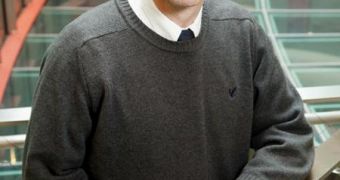A team of experts in the United States announces the development of a new mathematical model, that can be used to better inform national authorities about how they should stockpile vaccine.
This is basically a creative version of a classic engineering technique, that is aimed at identifying the best possible ways to stockpile vaccines.
This task is absolutely necessary. The government has a six-month supply of vaccines for the most common diseases at all times. This allows it to curb all epidemics relatively fast.
But vaccines are in fact biological samples, small amounts of whatever pathogen they are meant to destroy. They therefore have a relatively short expiration date, which means that stocks need to be replaced often.
The reason why governments tend to stockpile such substances is because the vaccine production process is notoriously unreliable and difficult.
Additionally, large time gaps may occur, in which no company produces a certain vaccine. Authorities need to be prepared for such situations.
As a result, officials sometimes need to place their orders up to a year in advance, so that they receive the vaccine shipments in time.
The goal of the newly-developed mathematical framework is to better understand the implications of vaccine stockpile levels through evidence-based engineering principles.
The approach was developed by experts based at the University of Illinois in Urbana-Champaign (UIUC) and the Rochester Institute of Technology (RIT).
Details of the new model are published online, in the November issue of the respected Journal of Industrial and Management Optimization.
The work was authored by UIUC public health and infectious diseases specialist Janet Jokela, UIUC industrial engineer Sheldon Jacobson, and RIT operations research specialist Ruben Proaño.
They say that authorities have a tough task ahead in determining precisely how many doses of vaccines they need to order. They need to strike a balance between sufficient supplies and reduced costs.
“The decision must balance several objectives that sometimes conflict,” the group writes in its journal entry.
“The framework developed by Jacobson and his collaborators begins a new and richer dialogue about vaccine stockpiling,” explains expert Russell Barton.
“The likely result will be better decisions on setting vaccine stockpiling policies. But the framework of multi-attribute utility theory has the potential to transform many processes for setting health-care policy,” he adds.
Barton is the program director for Service Enterprise Systems at the US National Science Foundation (NSF), the organization that partially funded the investigation.

 14 DAY TRIAL //
14 DAY TRIAL //